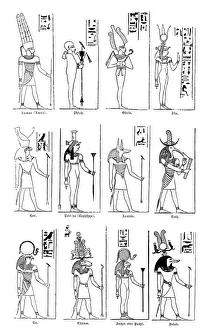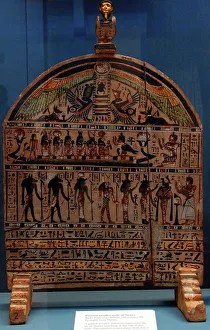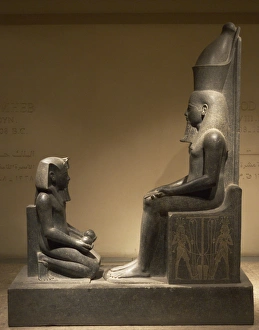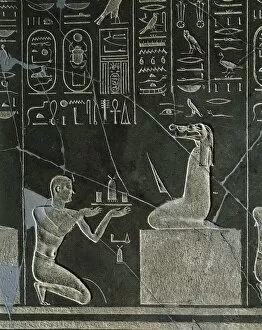Atum Collection
"Discover the ancient power of Atum, an Egyptian god revered for centuries
All Professionally Made to Order for Quick Shipping
"Discover the ancient power of Atum, an Egyptian god revered for centuries. This painted wooden stela of Neswy takes us back to the time when gods walked among mortals in Egypt. The Book of the Dead holds secrets and rituals that guided souls through the afterlife, with Atum playing a crucial role in this journey. Luxor's funerary stela from the Late Period showcases the intricate craftsmanship dedicated to honoring Atum's divine presence. Horemheb, the last pharaoh of the 18th Dynasty, sought solace and protection under Atum's watchful eye as depicted on his coffin adorned with a coiled snake. Another stunning example is seen on a coffin featuring a cobra representing Atum alongside Maat's ostrich feather symbolizing truth and justice. In Egypt's Valley of Queens lies Nefertari’s tomb, where we find an exquisite depiction guarding her final resting place. Even beyond Egypt’s borders, at Myanmar’s Atum Ash Monastery, young monks continue to seek spiritual enlightenment inspired by this timeless deity. Egyptian art immortalizes Pharaoh Ramesses II making offerings at Karnak temple—an act meant to honor not only deities like Amun but also powerful entities like Atum who shaped their beliefs. As we explore these artifacts from Luxor dating back to 650-640 B. C. , we witness how Horemheb embraced his faith in one last attempt to secure his legacy while paying homage to mighty gods like Atum. "














